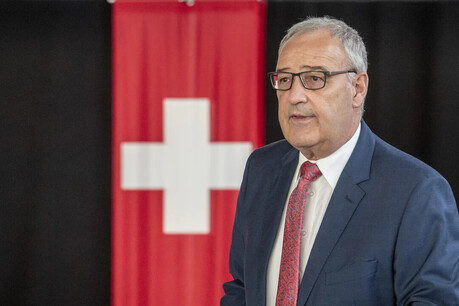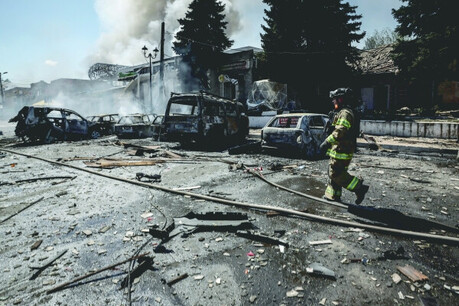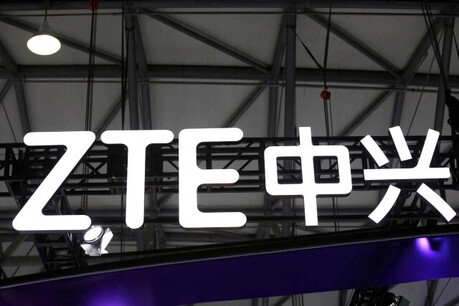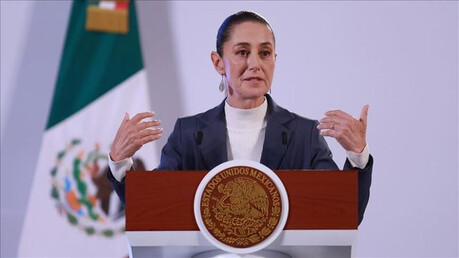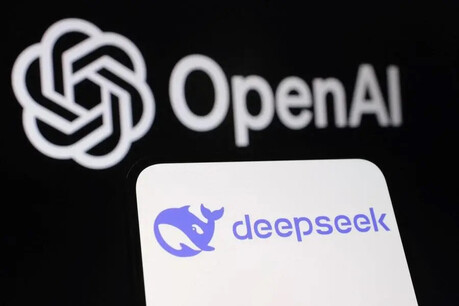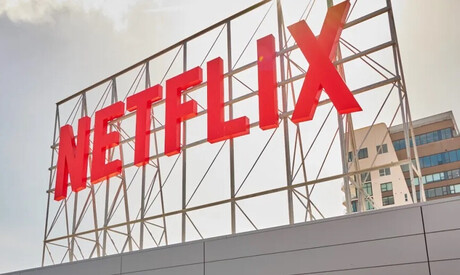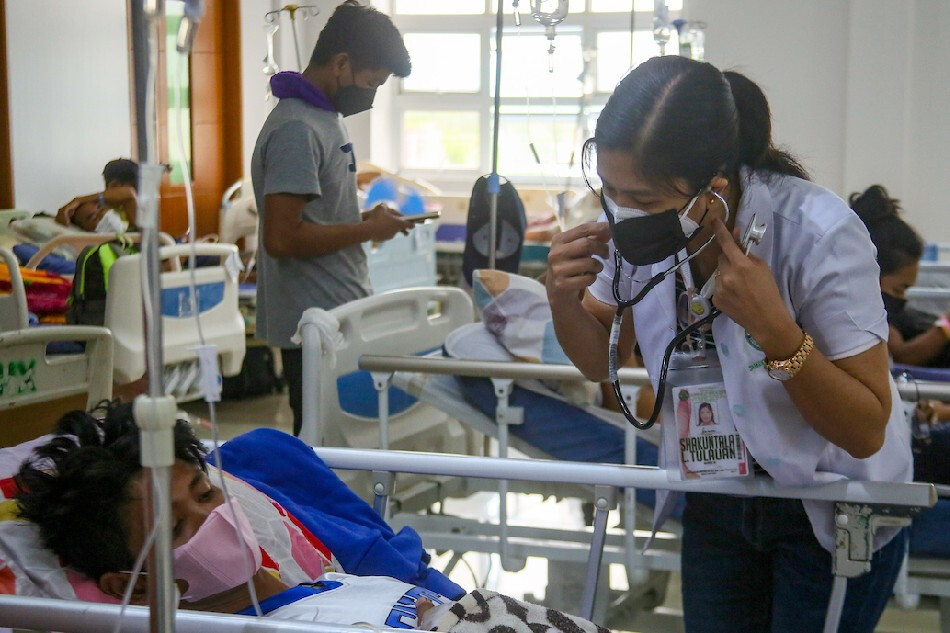
MANILA, Philippines – The Philippine government is implementing the "Universal Health Care (UHC) Law" with the aspiration of providing quality, affordable healthcare services to all Filipinos and protecting them from financial risks. Enacted into law in February 2019, the UHC Law automatically enrolls all Filipinos, including Overseas Filipino Workers (OFWs), in the National Health Insurance Program (PhilHealth), aiming to ensure access to healthcare for everyone.
Despite facing numerous challenges and controversies during its implementation, PhilHealth has received positive reviews for its efforts to expand coverage for outpatient, inpatient, and primary care services, and specifically for addressing some payment issues with healthcare providers, particularly hospitals. However, there are still many challenges that need to be overcome for the successful establishment of the UHC Law.
Key Elements for Realizing Universal Health Care
The key elements enabling universal healthcare in the Philippines are as follows:
Universal Coverage: The UHC Law mandates automatic enrollment of all Filipino citizens in the national health insurance program, ensuring everyone has access to healthcare services. Beyond mere enrollment, it is crucial that this translates into actual utilization of healthcare services.
Financial Risk Protection: The UHC Law aims to protect Filipinos from falling into financial hardship due to healthcare costs. This is an essential element for increasing access to healthcare services and can be particularly beneficial for vulnerable populations.
Integrated Service Delivery: The UHC Law emphasizes the integrated delivery of healthcare services, focusing on an overall system approach to improve access and quality. This will help integrate fragmented healthcare systems, enabling patient-centered, continuous care.
Strengthening Primary Care: The UHC Law prioritizes primary care as the foundation of the healthcare system, ensuring all Filipinos have access to basic and essential services. Primary care is crucial for community-based healthcare, including disease prevention, health promotion, and chronic disease management.
Digital Health Initiatives: The government is leveraging digital health technologies to improve healthcare access, especially in remote areas. Examples include telemedicine, AI-powered diagnostic assistance systems, and online health information platforms.
Public-Private Partnerships: Collaboration between the government and private enterprises is crucial for implementing the UHC Law and ensuring the sustainability of the healthcare system. This helps distribute the financial burden and provides opportunities to integrate private sector innovation and efficiency into the healthcare system.
Emphasis on Self-Management: Encouraging self-management and empowering individuals to proactively manage their health is also a core component of the UHC Law. Health education, vaccinations, and the adoption of healthy lifestyles can reduce disease incidence and alleviate healthcare costs.
Health Technology Assessment: The UHC Law emphasizes the importance of health technology assessment to ensure that healthcare investments are evidence-based and cost-effective. This helps prevent investments in unnecessary or ineffective medical technologies and ensures efficient allocation of limited healthcare resources.
Promoting Health Equity: The UHC Law aims to address health disparities by prioritizing the needs of marginalized and vulnerable populations. This focuses on reducing disparities in healthcare access based on region, income, and social status.
Strengthening Health Workforce: Investing in the training and development of healthcare professionals is crucial to ensure the availability of a skilled and qualified workforce. A shortage of overall healthcare personnel, including doctors, nurses, and allied health professionals, is a serious problem that hinders the quality and accessibility of healthcare services.
Continuous Improvement: The UHC Law is not a one-time solution but an ongoing process of continuous improvement and adaptation to meet the evolving needs of the population. This implies the need for a flexible approach that continuously identifies and addresses problems arising during the law's implementation.
Realistic Challenges
While the "key elements" mentioned above serve as a checklist for achieving universal healthcare, there are realistic challenges beneath the surface. These challenges must be carefully considered.
The biggest problem is the lack of access to doctors, hospitals, and medical equipment. In rural areas, in particular, the limitations of such infrastructure are severe, practically hindering access to quality healthcare services. Those with over 12 years of experience in the healthcare industry who have witnessed these infrastructure limitations describe it as a "heartbreaking reality." In this situation, the only hope is to find ways to replace face-to-face consultations. Beyond simple telemedicine, the exploration of alternative technologies like Artificial Intelligence (AI) applications is being pursued.
AI has the potential to increase healthcare access in various fields, including remote diagnostics, medical image analysis, and patient monitoring. For example, AI-powered chatbots can provide basic health consultations, or AI algorithms can assist in disease diagnosis, supplementing the limited medical personnel in rural areas. Furthermore, innovative attempts to overcome the limitations of physical infrastructure, such as drone delivery of medicines or mobile clinics, are also needed.
Financial sustainability is another significant challenge. PhilHealth has suffered a blow to its credibility in recent years due to financial problems and corruption scandals. Securing sustainable funding sources and establishing transparent operating systems are essential for the long-term success of the UHC Law. The government will need to improve the efficiency of healthcare spending, increase the health insurance premium payment rate among citizens, and at the same time, expand investment in the healthcare sector from the national budget.
The shortage and uneven distribution of healthcare personnel are chronic problems in the Philippines. Medical professionals tend to avoid working in rural and fishing communities, leading to severe gaps in healthcare services. The government must strengthen the education system for training healthcare personnel, introduce incentive schemes to encourage rural deployment, and implement regional rotations for medical professionals to address the regional imbalance of healthcare workforce.
The inadequacy of Information and Communication Technology (ICT) infrastructure can also hinder digital health initiatives. Especially in remote areas, stable internet connections and power supply are often difficult, limiting the spread of digital healthcare services. The government must collaborate with telecommunication companies to expand ICT infrastructure in underserved areas and enhance digital literacy education to ensure all citizens can benefit from digital health services.
Lack of public awareness and participation is also an area that needs to be addressed. Without sufficient understanding and active participation in the UHC Law, even the best system cannot be effective. The government should continuously promote and educate the public about the benefits and importance of the UHC Law, and emphasize the importance of healthy lifestyles to enhance self-health management capabilities.
In conclusion, the realization of universal healthcare in the Philippines is not a goal that can be achieved by simply enacting a law. It is a complex and multi-layered process that requires addressing social, economic, and infrastructural problems, and demands continuous effort and cooperation from the government, the private sector, and individual citizens. To realize the values aimed for by the UHC Law, it is essential to recognize the challenges mentioned above, seek realistic solutions, and adopt a flexible and innovative approach to continuously improve the system.
[Copyright (c) Global Economic Times. All Rights Reserved.]



















